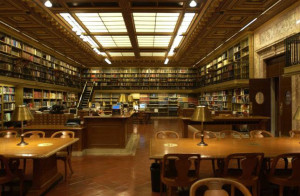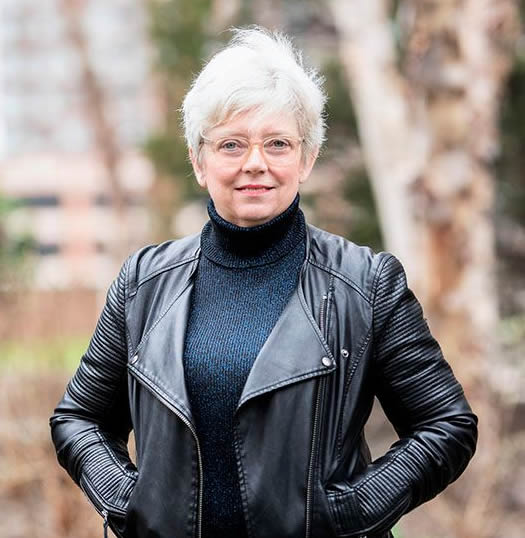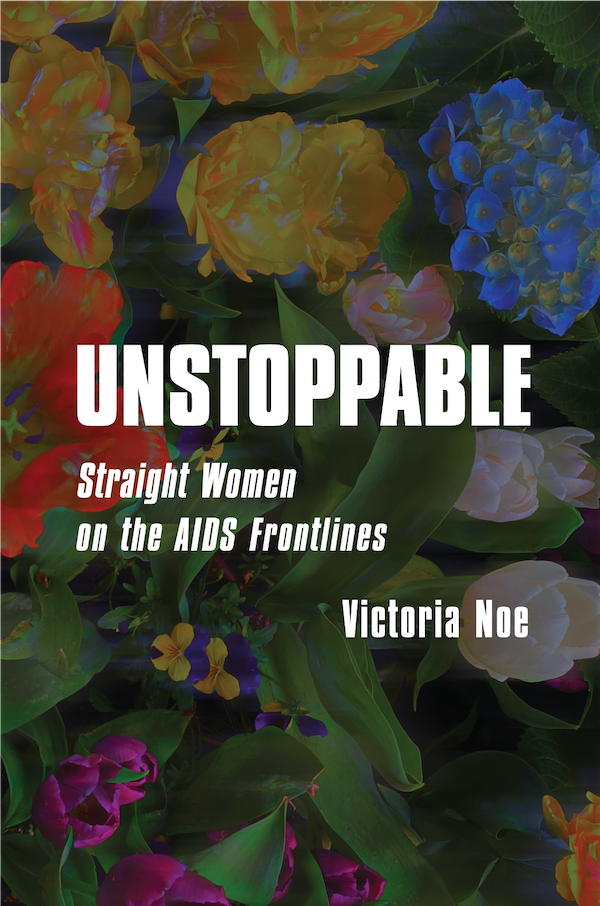The People in My Books
Jul 27, 2017 by Victoria Noe, in Divas and Moms
, Fag Hags
, Friend Grief
, Grief
, research
, writers
, writing
[caption id="attachment_1179" align="alignleft" width="210"] Brooke Russell Astor Reading Room - New York Public Library[/caption]
Brooke Russell Astor Reading Room - New York Public Library[/caption]
While writing the Friend Grief series and now while writing Fag Hags, Divas and Moms: The Legacy of Straight Women in the AIDS Community, a lot of people have asked how I go about finding the people who wind up in my books.
I wish I could say I had a well thought out plan that follows a logical step-by-step process. But I don’t. I may give the appearance of being super-organized, but most of the time I feel like I’m in the eye of the hurricane.
I’m not going to lie: my least favorite class in grad school was Introduction to Graduate Research. I hated it because it was three days a week at 8:00am. I spent that entire semester in production, so I was either in rehearsal or performance until a couple weeks before the end of the term. Still, despite being half-awake most mornings, I must have retained something from those days besides how to insert a footnote.
Okay, but how do I find the people in the books?
Some of them are people I know: friends, colleagues, friends of friends. Others are people whose story I’d already heard. I set up a few Google alerts to notify me when articles pop up on the internet related to specific topics. From those I’ve found many people I would’ve never found otherwise.
For the new book, I posted a request in the AIDS-related Facebook groups I belong to: “Do you have any suggestions of women to interview or archives to access?” Within five minutes I was getting text messages with names and contact information from around the world. Many of those recommendations came from people I’ve never met. But they trusted me with the leads.
I think the most important part for any writer – certainly any nonfiction writer who needs to research – is a willingness to leave the ego behind. I decided at the very beginning of this writing journey that I would not be afraid to ask for help. I knew so little, I didn’t even know the right questions to ask! But eventually I did.
I asked on Facebook and Twitter, on my blog and at conferences. I sent out emails to friends and colleagues and in my weekly newsletter. It helps to be specific. It also helps to actually participate in groups – online and in real life – rather than just using them to find contacts.
When I interview someone I ask if they have any suggestions for me. When I talk to research librarians, I ask if they have any ideas. And if people like what you’re writing about, they’re going to help. Case in point: I emailed the director of the women’s history center at the New-York Historical Society. I’d done research there before and was familiar with their online archives, but hadn’t found anything relevant to my new book. I asked if she knew of anything in their non-digitized collection that might help me. She referred my question to one of their research fellows and about a week later I received an email. A remarkably detailed email, it listed about twenty women I should contact, with emails or phone numbers for some of them.
Could I have found all those women on my own? Maybe; it would’ve taken months and there’s no guarantee I would’ve been successful. Would I have found most of the women already being included in the book without the help of others? I doubt it. Some of the most powerful stories have come from a casual mention during a conversation.
“I can’t believe anyone’s interested in this,” one woman wrote to me. Her sister-in-law had mentioned her work in the South during the early days of the AIDS epidemic. And though her sister-in-law had the details scrambled, the true story was a thousand times more powerful. And it’s in the book.
This month I’m sorting through the women I’ve already researched and interviewed, assigning chapters so I could determine where the gaps are. That will direct the remainder of my research and interviews scheduled for August and September.
I don’t have to worry about filling up the book. I already have at least 80 women to include and may wind up with another 70. I have more than can fit in one reasonably sized book and they represent a tiny fraction of the women who have made a difference for thirty-five years.
So my book will not be “definitive”. I hope it gives other women permission to tell their stories. That’s what research is all about to me: finding stories, finding people, finding meaning. I didn’t know what I’d find when I started writing any of my books. Much of it has been surprising and it’s all good. But none of it would be possible if I hadn’t been willing to ask:
“Can you help me?”
 Brooke Russell Astor Reading Room - New York Public Library[/caption]
Brooke Russell Astor Reading Room - New York Public Library[/caption]While writing the Friend Grief series and now while writing Fag Hags, Divas and Moms: The Legacy of Straight Women in the AIDS Community, a lot of people have asked how I go about finding the people who wind up in my books.
I wish I could say I had a well thought out plan that follows a logical step-by-step process. But I don’t. I may give the appearance of being super-organized, but most of the time I feel like I’m in the eye of the hurricane.
I’m not going to lie: my least favorite class in grad school was Introduction to Graduate Research. I hated it because it was three days a week at 8:00am. I spent that entire semester in production, so I was either in rehearsal or performance until a couple weeks before the end of the term. Still, despite being half-awake most mornings, I must have retained something from those days besides how to insert a footnote.
Okay, but how do I find the people in the books?
Some of them are people I know: friends, colleagues, friends of friends. Others are people whose story I’d already heard. I set up a few Google alerts to notify me when articles pop up on the internet related to specific topics. From those I’ve found many people I would’ve never found otherwise.
For the new book, I posted a request in the AIDS-related Facebook groups I belong to: “Do you have any suggestions of women to interview or archives to access?” Within five minutes I was getting text messages with names and contact information from around the world. Many of those recommendations came from people I’ve never met. But they trusted me with the leads.
I think the most important part for any writer – certainly any nonfiction writer who needs to research – is a willingness to leave the ego behind. I decided at the very beginning of this writing journey that I would not be afraid to ask for help. I knew so little, I didn’t even know the right questions to ask! But eventually I did.
I asked on Facebook and Twitter, on my blog and at conferences. I sent out emails to friends and colleagues and in my weekly newsletter. It helps to be specific. It also helps to actually participate in groups – online and in real life – rather than just using them to find contacts.
When I interview someone I ask if they have any suggestions for me. When I talk to research librarians, I ask if they have any ideas. And if people like what you’re writing about, they’re going to help. Case in point: I emailed the director of the women’s history center at the New-York Historical Society. I’d done research there before and was familiar with their online archives, but hadn’t found anything relevant to my new book. I asked if she knew of anything in their non-digitized collection that might help me. She referred my question to one of their research fellows and about a week later I received an email. A remarkably detailed email, it listed about twenty women I should contact, with emails or phone numbers for some of them.
Could I have found all those women on my own? Maybe; it would’ve taken months and there’s no guarantee I would’ve been successful. Would I have found most of the women already being included in the book without the help of others? I doubt it. Some of the most powerful stories have come from a casual mention during a conversation.
“I can’t believe anyone’s interested in this,” one woman wrote to me. Her sister-in-law had mentioned her work in the South during the early days of the AIDS epidemic. And though her sister-in-law had the details scrambled, the true story was a thousand times more powerful. And it’s in the book.
This month I’m sorting through the women I’ve already researched and interviewed, assigning chapters so I could determine where the gaps are. That will direct the remainder of my research and interviews scheduled for August and September.
I don’t have to worry about filling up the book. I already have at least 80 women to include and may wind up with another 70. I have more than can fit in one reasonably sized book and they represent a tiny fraction of the women who have made a difference for thirty-five years.
So my book will not be “definitive”. I hope it gives other women permission to tell their stories. That’s what research is all about to me: finding stories, finding people, finding meaning. I didn’t know what I’d find when I started writing any of my books. Much of it has been surprising and it’s all good. But none of it would be possible if I hadn’t been willing to ask:
“Can you help me?”

